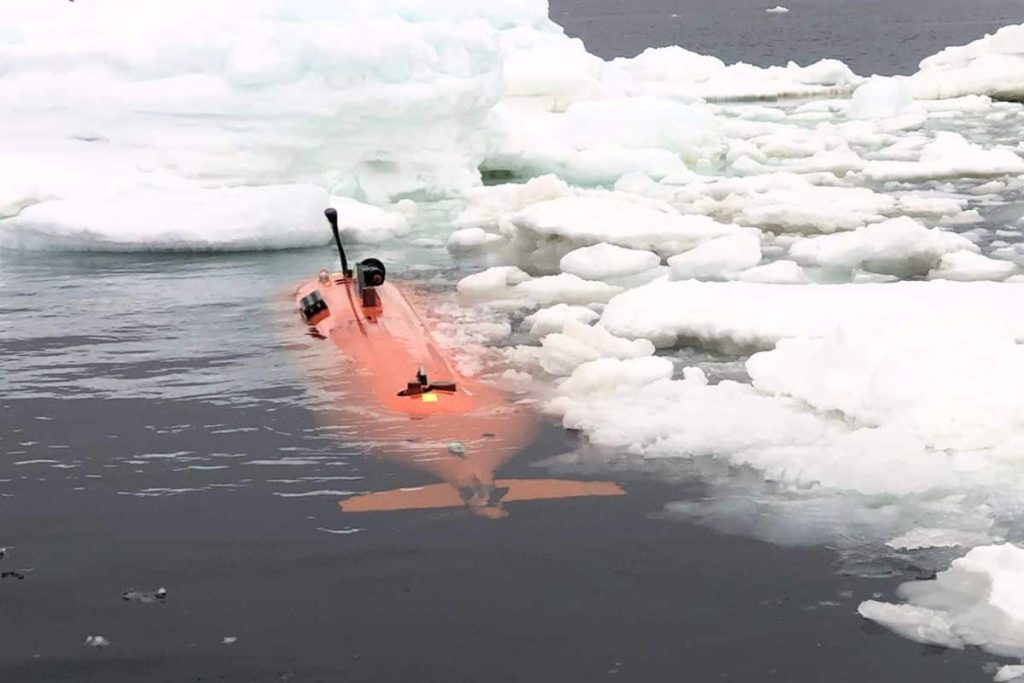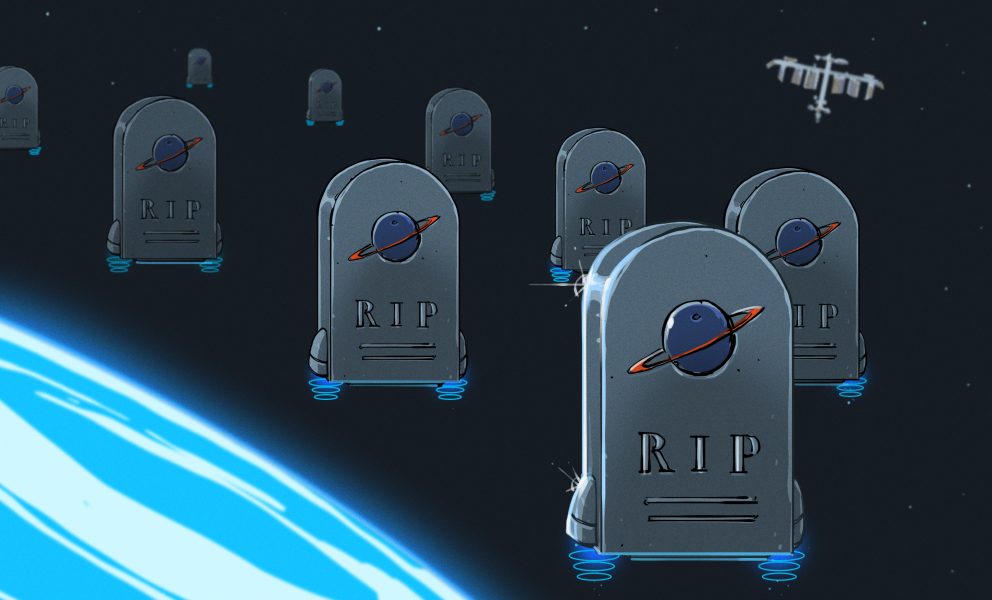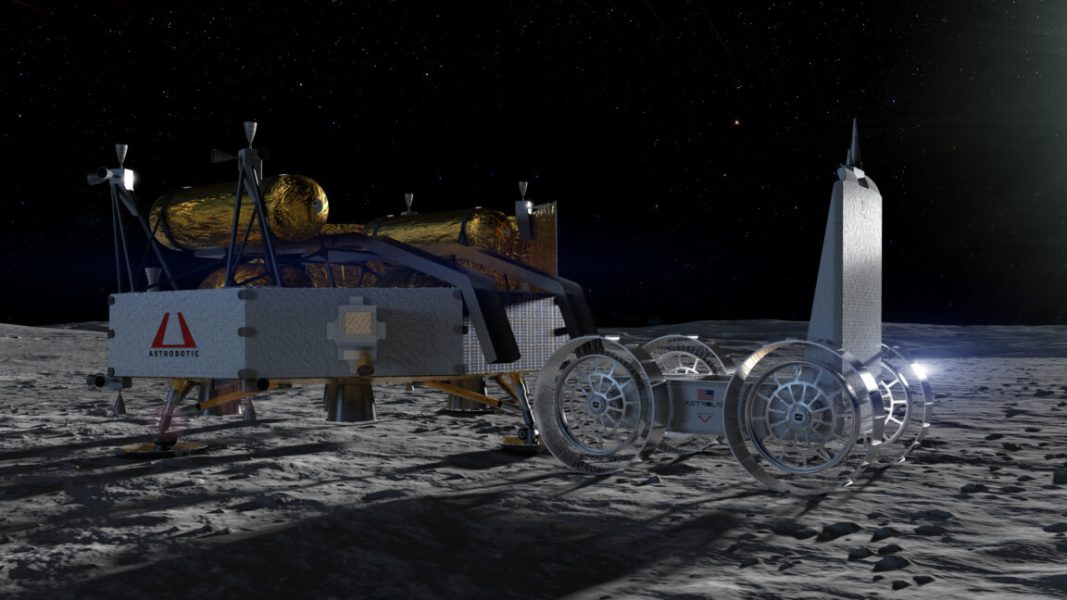After disappearing 17 km into an Antarctic cavity, the Ran submarine revealed the South Pole’s hidden side – Jason Deegan

A recent expedition in the icy realms of Antarctica has provided a rare glimpse into a world few of us ever imagine. An international research team from the University of Gothenburg deployed an autonomous submarine named Ran under the massive glaciers of Western Antarctica. Its mission? To uncover secrets hidden beneath the ice and to improve our understanding of future sea-level changes. As someone who’s always been fascinated by polar exploration—ever since I watched documentaries on the resilient life in extreme environments—I found this story both captivating and inspiring.Every journey into Antarctica is a venture into the unknown. The Ran submarine was programmed to dive deep into a cavity beneath the Dotson Glacier. Equipped with an advanced sonar system, it began scanning the underside of the glacier, mapping terrains that had never been seen before. Over a span of 27 days, Ran completed a round-trip journey covering more than 1,000 kilometers, venturing an astonishing 17 kilometers into the glacier’s hidden cavity. I recall the first time I saw images of glacial caverns on TV—an almost otherworldly view that made me appreciate how much there is still to discover about our planet.The data collected by Ran is nothing short of revolutionary. According to oceanography experts, the high-resolution maps generated by the submarine provide a view of the glacier’s underside that is as dramatic as seeing “the dark side of the moon.” These detailed images reveal the intricacies of the ice, from rugged peaks and deep valleys to formations resembling sand dunes. Such observations are crucial, as they allow scientists to better understand the physical processes at work beneath these icy giants. Trusted institutions like the National Snow and Ice Data Center (NSIDC) highlight the importance of such insights for forecasting future climate impacts.The expedition yielded several groundbreaking findings. For the first time, scientists were able to measure the subglacial currents and document the rapid melting occurring at vertical fractures within the glacier. These discoveries shed light on why certain areas of the Dotson Glacier are melting at accelerated rates. The detailed mapping has unveiled a surprising landscape at the glacier’s base—one filled with peaks, valleys, and plateaus that challenge previous assumptions about how these structures form. It reminds me of a time when I visited a local museum with an interactive exhibit on glaciers; the level of detail in these new maps brings that educational experience to life on a global scale.The new data from Ran has spurred scientists to rethink current models of glacial behavior. The unexpected complexity of the glacier’s base—featuring diverse landforms influenced possibly by both moving water and the Earth’s rotation—raises fresh questions. Glaciologists are now working to develop improved models that can better predict the speed and extent of glacier melt. Experts from institutions like NASA and various international research organizations agree that these insights are vital for refining our projections of sea-level rise.The high-resolution maps provided by Ran are set to transform our understanding of Antarctic ice. They not only help validate and calibrate satellite observations but also allow for a more accurate simulation of glacial dynamics. As Karen Alley, a noted glaciologist, might put it, this kind of data is a game-changer for glacier modeling. With these enhanced models, we can better anticipate how changes in the ice sheets will influence global sea levels—a critical consideration in today’s climate discussions.While many questions remain, the success of the Ran mission is a significant leap forward in polar research. The new findings offer hope that, with continued exploration and improved technology, we can unravel the remaining mysteries of the Antarctic ice. Researchers are eager to build on this work and push further into the unknown, refining our models and deepening our understanding of these remote regions.Stories like this underscore the incredible progress being made in environmental science and remind us that our planet still holds many secrets beneath its surface. Have you ever been amazed by the hidden wonders of nature? I’d love to hear your thoughts and any personal experiences that have sparked your curiosity about our ever-changing Earth.Comment Save my name, email, and website in this browser for the next time I comment.
Stay updated with the latest in technology. Whether you’re into gadgets, AI, cybersecurity, or the Internet of Things, we’ve got you covered. Our team delivers in-depth analysis, product reviews, and tech guides to help you stay informed and make smart choices in the fast-evolving world of tech.Contact: contact@jasondeegan.com
Call Us: (800) 555-0224
6th Ave New York, New York State, United States





